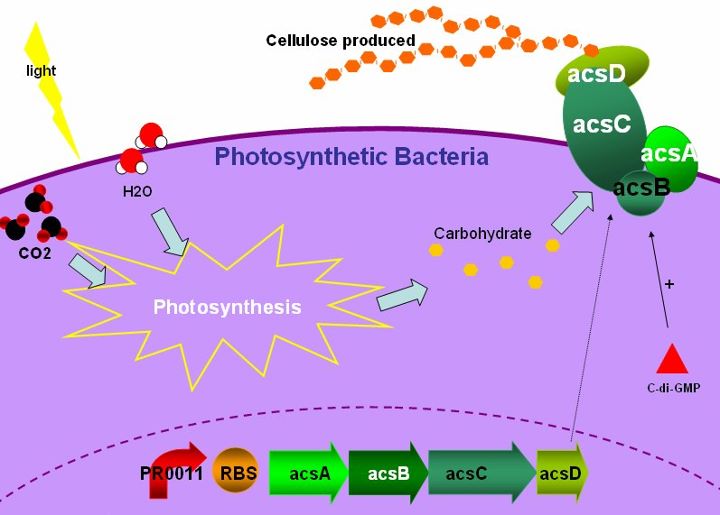Team:TzuChiU Formosa/Project/PhotoPaper
From 2011.igem.org
(→Overview) |
|||
| Line 61: | Line 61: | ||
=='''Overview'''== | =='''Overview'''== | ||
<html> | <html> | ||
| - | <object type="application/x-shockwave-flash" height="400" width="800" data="https://static.igem.org/mediawiki/2011/ | + | <object type="application/x-shockwave-flash" height="400" width="800" data="https://static.igem.org/mediawiki/2011/3/39/Overview.swf"> |
| - | <param name="movie" value="https://static.igem.org/mediawiki/2011/ | + | <param name="movie" value="https://static.igem.org/mediawiki/2011/3/39/Overview.swf" /> |
<param name="quality" value="high" /> | <param name="quality" value="high" /> | ||
<param name="wmode" value="transparent"> | <param name="wmode" value="transparent"> | ||
</object> | </object> | ||
</html> | </html> | ||
Revision as of 16:57, 4 October 2011


Photopaper
Abstract
For most countries, paper-making has been a traditional but indispensable industry. Wood pulp is the major raw material for paper-making ,moreover,the complicated processes toward paper-making may contribute to environmental pollution. Acetobacter xylinum is a bacterium which produces bacterial cellulose. It has an acs operon, consisting of genes that called acsAB, acsC, and acsD. These genes interact with each other and synthesize cellulose synthase, an enzyme that transforms UDP-glucose into cellulose. What we want to do is to choose cyanobacteria which provides glucose through photosynthesis. Therefore, we want to use cyanobacteria as the host, then introduce the acs operon genes in it and produce bacterial cellulose by expressing this series of genes. With manufacturing processes, we believe this project can develop into a new and eco-friendly technology of papermaking.
Background
a. about cellulose biosynthesis
b. acs operon
System Design
Result
Reference
The Experiments
Overview
 "
"
